How a burned piece of the Manly Daily helped solve the mystery of a body in the bush
Nearly 100 years ago, the police were stumped after the charred skeleton of a man was found in the bush near Manly Dam.
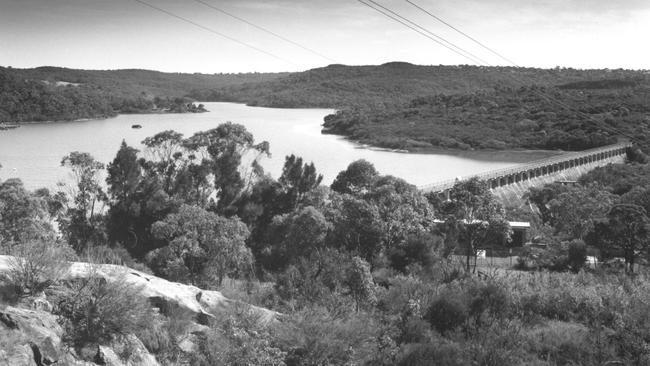
Manly
Don't miss out on the headlines from Manly. Followed categories will be added to My News.
Nearly 100 years ago, the police were stumped after the charred skeleton of a man was found in the bush near Manly Dam.
Not only did they struggle to identify the man and determine the cause of death, there was a piece of evidence that didn’t fit – a partly-burned section of the Manly Daily.
On October 8, 1922, three boys clambering through bushland between Frenchs Forest and Manly Dam found the man’s skeleton in a steep gully.
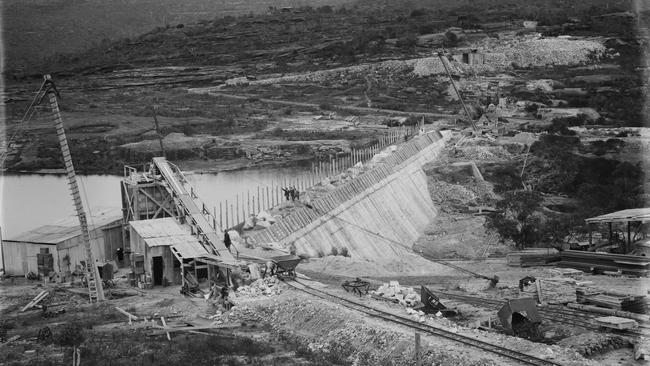
The bones were charred from a bushfire that had burned the area in November the previous year, so all the police had to work with were a felt hat, a pair of boots, some clothing, a half-burned seaman’s certificate and a half-burned section of the Manly Daily.
An alert was issued to police across Sydney and an appeal was made in newspapers for information.
The police thought they might be on the right track when a caretaker at Mort’s Dock at Balmain said a seaman named Harold Hudd had left a suitcase with him in February 1922 and promised to return the next day and collect it.
But Hudd never came back, so the suitcase was stored in the office of Mort’s Dock and forgotten about until the caretaker’s memory was jogged by the news that police were trying to identify the dead man found near Manly Dam.
The caretaker even said the boots the police had found belonged to Hudd.
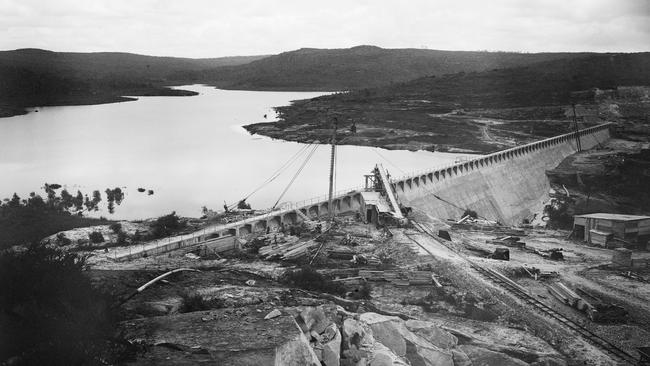
Inside the suitcase, the police found a photo of a man and some letters from two women who lived at Darlinghurst.
The photo was published in a newspaper and the police eventually found one of the women.
But the woman said the man in the photo was not Hudd.

The police learned Hudd had been paid off the ship on which he had served, the Whah Kun, and had about £150 in his possession – a large enough sum to drive someone to murder him.
But then other people told the police that Hudd had lost his money and had been living with unemployed people in the city, so the murder-for-money theory went down the drain.
But something was nagging the police – Hudd had been paid off the Whah Kun on February 1, 1922, but the piece of Manly Daily found with his skeleton was published two days beforehand.
How had a man paid off his ship on February 1 been near Frenchs Forest with a Manly Daily two days earlier?
The police then contacted the police in Japan and China, where the Whah Kun often sailed, and also Scotland Yard because Hudd was Welsh.
Seven months later, in July 1923, Scotland Yard told the police in Sydney that Harold Hudd was alive and well and living in England.
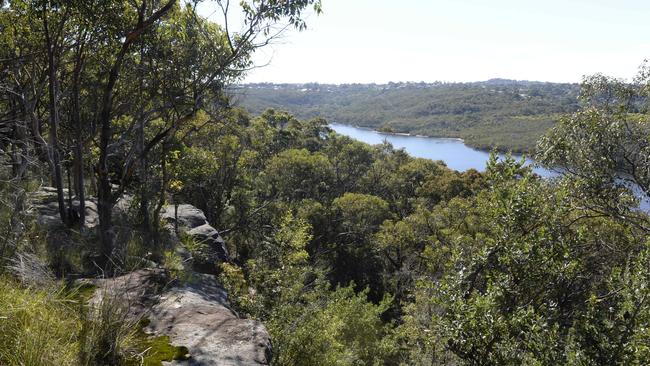
He had lost indeed his money but Fate had smiled on him and he had been offered a job on a ship an hour before she sailed for England, so he had left his friends and suitcase behind.
Then a Mr Stevens of Frenchs Forest told the police that a returned soldier named Douglas Lewis used to regularly visit friends in the area but that the visits suddenly stopped in October 1921 – a month before the bushfire.
Lewis was born in Hobart in 1882 but was in New Zealand when he enlisted in November 1915.
He quickly rose through the ranks from private to sergeant and served on the Western Front for 10 months before being sent to England for treatment for disease and for what may have played a part in his death – epilepsy.
But being cooped up in hospitals in London didn’t sit well with Lewis and he repeatedly went absent without leave.
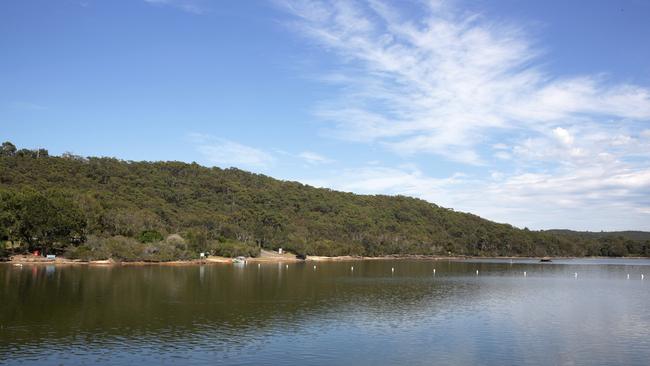
In August 1918 he was court-martialled on three charges of being absent without leave and one of deserting.
He was acquitted of the charge of desertion but found guilty of the other charges and sentenced to 100 days in detention.
But being locked up in a brig in London was preferable to being on the Western Front and by the time he was released, the war was over.
After the war, Lewis returned to NZ but then moved to Sydney, notifying the defence authorities before he left that his contact in Australia would be a Mr Stevens at Frenchs Forest.
It appears Lewis had an epileptic fit while walking through the bush between Frenchs Forest and Manly in October 1922 and died a lonely death in the bush.
At least he hadn’t been murdered.
